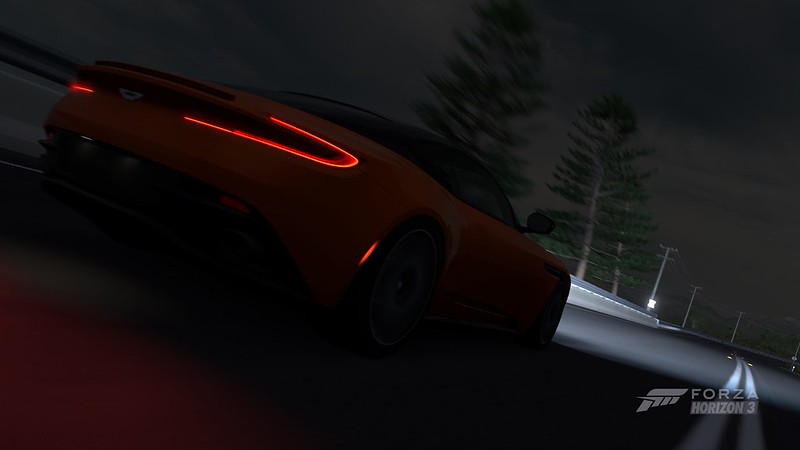Because the world radically changes due to the economy, problems in the Middle East, the politics, and the relentless war on...well, whatever that is, people are switching to fuel-efficient cars to adapt themselves to the times. Toyota responded to the times by creating this new-generation Prius PHV, which sets the standards in the market for plug-in hybrid vehicles.
 |
| 2017 Toyota Prius PHV |
Well, this is basically a Toyota Prius with extended range courtesy of its plug-in hybrid powertrain that reminds you of the great Chevrolet Volt. So, what's it all about? Following the success of the previous Prius PHV, which is based on the previous third-generation model, this new Prius PHV, based on the current fourth-generation model is a commitment for Toyota's goal of reducing whole fleet CO2 emissions by 90% in the next four decades through the salves of hybrids, electric, PHEVs, and fuel cells.
 |
| 2017 Toyota Prius PHV |
 |
| 2017 Toyota Prius PHV interior |
To help differentiate the Prius PHV from a normal Toyota Prius, the new model features a different exterior design that promises to look more futuristic in the eyes of the masses while drawing inspiration from the exterior design from the MIRAI fuel-cell vehicle. On the utmost side, it looks more sophisticated to look at than a normal Toyota Prius. On the interior, it's been given a Tesla-esque dashboard that sticks to its futuristic theme of the new model. See anyone who drives the new Toyota Prius and chances are that the kinds of people you met are either environmental activists, Scientologists, Democrats, Tories, Socialists, college professors, IT experts, or maybe the Happy Science people that you once had a chat with them on the dinner table. Hmmm...
 |
| 2017 Toyota Prius PHV |
Although as revolting as the ones you had a chat last night, the drivetrain is somewhat a revolution in every way. Thanks to its new TNGA platform, the new Prius PHV promises to be very promising to drive courtesy of its clever aerodynamics, low ground clearance, better handling, less body roll, and better rigidity compared to the previous Prius PHV. It even has a signature MacPherson strut front and new double wishbone rear suspension that promises a sporty driving feel which is not bad for an eco car for the masses. Believe it or not, it was the first mass-produced car in the world to use a Carbon Fiber Reinforced Plastic tailgate to reduce weight for better fuel efficiency.
The new PHV's Dual Motor Drive System allows the driver to take advantage of its 1.8L 2ZR-FXE petrol engine and a heavily improved electric motor that allows this car to travel by about 10.54km/kWh. Which means, with the improved system, fuel efficiency is expected at 37.2km/L and 68.2km of electric range.
Apart from the performance, the new Prius PHV offers another revolutionary features that sets the PHEVs apart and in addition to its Gas-Injection Heat Pump Air-Conditioning and Battery Warming System, the first ever solar panel exclusive on the PHV is applied on the roof which generates electricity to charge the hybrid system battery even when left stationary. Sounds ideal in case of heavy traffic as long as sunlight is visible in the skies. Depending on weather conditions, solar charging can increase the V driving range by up to five kilometers per day. That's about a thousand kilometers of all-electric driving per annum. This is great if you're driving on the hot summer months in Manila, Dubai, Los Angeles, Delhi, or any other hottest cities of the world. However, if you're living in places that rain such as Seattle, Louisiana, Whitby, or the rest of the Scotland Yard, that seems less likely and you're going to resort charging it at home or at a charging station nearest you. Using a Type II mode III Mennekes connector, it takes less than two hours to fully charge the Prius PHV or over three hours with a normal household plug socket. Here's one for you; what happens when you use it as an alternate power source for your home in case of a blackout? That's a science project you're going to take on very soon.
But in the meantime, the Prius PHV features Toyota Safety Sense P with active safety tech such as Pre-Collision System with Pedestrian Detection function and Lane Departure Alert with Steering Assist function. These features are also a step ahead to the future for the new Toyota Prius PHV.
The new Prius PHV starts at 3,261,600 Japanese Yen plus delivery charges and while this is more expensive than a normal Toyota Prius, it's the cheapest PHEV in Japan and you can afford one over the Mitsubishi Outlander PHEV.
When the first Toyota Prius was launched in late 1997, the term hybrid has been introduced in the world of motoring and thanks to the Toyota Prius, more and more cars have gone under the hybrid green route. Now, 20 years on, and the Prius continues to evolve in new and almost exciting ways while becoming as influential as Japanese pop culture some petrolheads are disgusted by it. The new Prius PHV pushes the Prius to greater heights with its efficient powertrain that takes them further while enduring today's trends. 2017 maybe the year of the Prius, because this is the year the Prius celebrates its 20th anniversary, but for those eco-minded people, it's becoming a celebration we are unfazed by it and the new Prius PHV is just the start of something new for the history of the Toyota Prius.
Photo: Toyota Motor Corporation


























